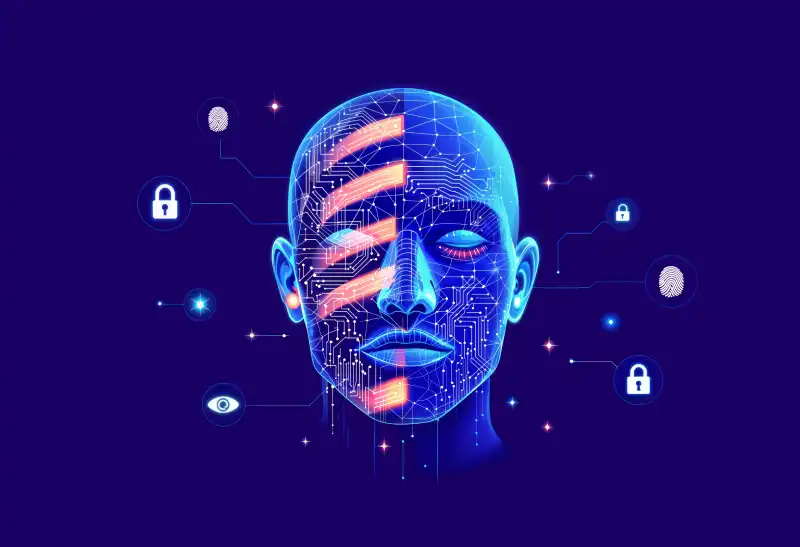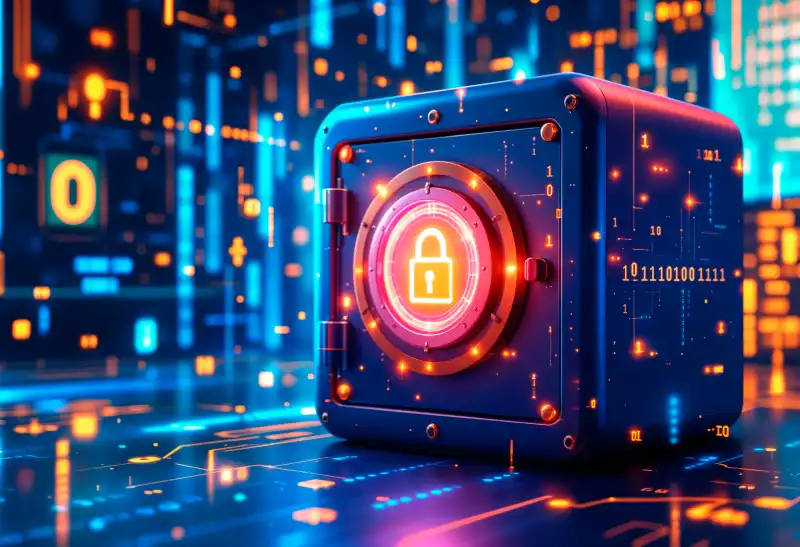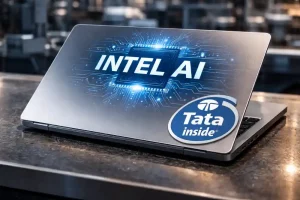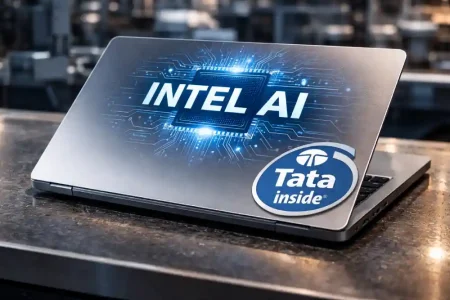In the 21st century, our identity isn’t confined to physical documents like drivers’ licenses and passports. It actually exists as a complex web of digital attributes, including personal data and credentials, scattered across more digital institutions and platforms than we can count.
Welcome to the new web – Web3 – where how this very identity is saved, stored, secured, and shared plays a crucial role in ensuring privacy and trust, and reducing fraud. This new web is very different from the web of the old and also demands a new approach to identity. Commercial relationships and data structures will be markedly very different in the Web3 era, which will require more trustworthy, secure, and streamlined verification methods.
Existing online identity mechanisms won’t work, as they’re poor, crude adaptations of physical ones. Even scanning copies of sensitive identity documents and sending over unsecured channels, like emails, is dangerous and inefficient as they can be forged, stolen, and even misused.
So, the time is absolutely right for a new kind of identification which is designed for Web3 – irrefutable, immutable, and controlled entirely by the person that owns it. Enter blockchain, which could be the answer to this very trust problem.

The Identity Management Crisis Of The 21st Century
Identity and access management (IAM) is the framework of technologies, policies, and processes that ensure that only authorised individuals have access to technology services, information, and resources. These IAM systems have been continuously evolving to improve user experience and security. Meanwhile, a digital identity is the total and complete information that exists online about an organisation or an individual.
This digital identity consists of a bunch of important data, including search history, ID number, buying history, and, of course, usernames. Almost all our digital identities are connected via apps, services, and devices that have dominantly used any sort of centralised identity systems.

IAM is the cornerstone for many online processes, whether it’s online shopping or banking. However, traditional identity verification methods face many challenges, often relying on centralised repositories of sensitive data that are exposed to data breaches. Furthermore, these methods often require users to repeatedly share personal details and manage multiple usernames and passwords across various platforms. This leads to password fatigue and increases the risk of data misuse and theft.
If that wasn’t enough, privacy is a huge issue, with centralised digital credentials and identities systems often sharing sensitive user data with third parties, even sans the users’ explicit consent at times. The result? Fraud, identity theft, credit damage, financial loss – the repercussions are endless and permanently damaging.

Can You Prove Who You Are? The Blockchain Solution
By now, pretty much everybody who’s heard and read about blockchain knows that the technology is about more than just about cryptocurrency. There’s blockchain for supply chain logistics, healthcare, real estate, financial services, and more.
It makes sense. Blockchain can act as a single source of truth for data and information from multiple systems. At the same time, it also verifies it via consensus, protects it via cryptography, and creates an immutable digital trail. It’s why blockchain is the ideal tool to help weed out fraud and counterfeiting. That’s why blockchain is also perfect for IAM and verification.
Think about it: by employing digital signatures and leveraging its immutable, transparent, and decentralised nature, blockchain technology is a more efficient and secure way to verify identity. Firstly, the decentralised blockchain systems give users complete control over their identity data, fosters trust through transparency, and protects sensitive information.
Secondly, since the blockchain records identity data, it can’t be altered without consensus, ensuring that no malicious actors use it for fraud. Finally, the use of smart contracts helps verify users’ identity conditions automatically, eliminating the need for manual verification and greatly reducing the potential for human error and the time taken.
This can be highly useful in many ways, say, preventing resume fraud, where misrepresentation of skills and credentials is becoming commoner. Credential-checking blockchain systems, like PwC’s Smart Credentials platform, allows the organisation issuing credentials to enter the data directly into the blockchain for verifying it, which then immutably and digitally stores it. Since the data can’t be altered, checking resumes becomes transparent, trustworthy, and fast.
Additionally, in systems like healthcare and finance that deal with sensitive decisions, data, or machines, it’s important to ensure that only the right individuals with the correct qualifications have access.
Blockchain also makes identity management possible for people who don’t possess formal identities. They could create and manage identities for such people who need a starting point of sorts, allowing them to find employment, open bank accounts, and access government benefits.
It also means that with blockchain, individuals can decide exactly how much and with whom to share the different parts of their digital identities, thus democratising data ownership back to them in essence.

The Future
With the global blockchain IAM market size estimated to reach USD 34.94 billion by 2030 (up exponentially from 2022’s USD 296.4 million), blockchain adoption in identity verification is expected to explode.
It’s clear that blockchain can be the key to solving security and identity verification challenges, proving that individuals are who they claim to be and that they’re qualified to perform the tasks they’re setting out to perform. It can also empower individuals, bolstering trust in identities old and new, and opening new avenues to new, better opportunities.
In case you missed:
- Is Generative AI Spinning a New World Wide Web?
- Decoding Backdoor Attacks in Cybersecurity
- All About Privacy-Enhancing Technologies (PETS)
- Why You Should Use Password Managers in 2025
- Is Quantum Computing a Threat to Blockchain Security?
- NFTs vs. RWA Tokenization – The Future of Digital Asset Ownership
- The Good Samaritan: A Complete Guide To Ethical Hacking
- Zero Trust Architecture: The Next Big Thing In Security
- AI-Powered Phishing: The Future Of Digital Fraud
- How AI Can Fortify Cryptocurrency Security










